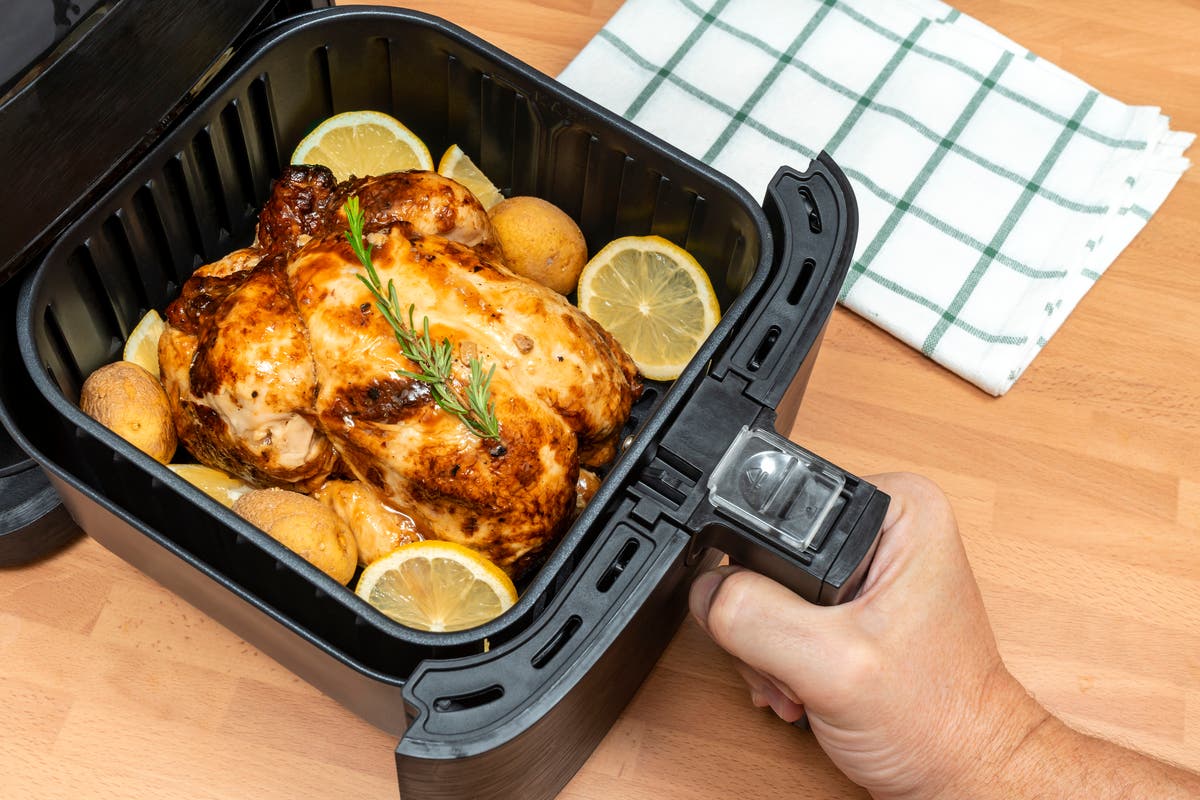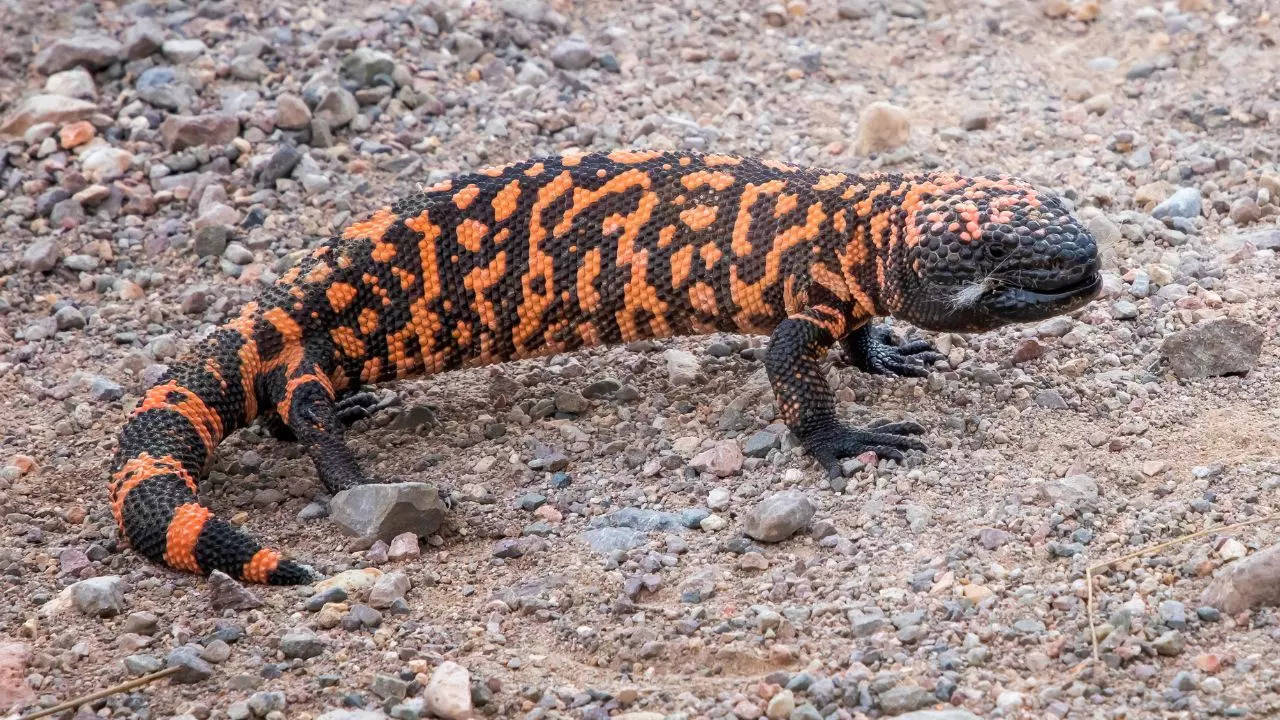BHOPAL: Two Namibian cheetahs — Oban and Aasha — were successfully released in the wild of Kuno National Park in Madhya Pradesh’s Sheopur district on Saturday.
The initial plan was to release the two male cheetah brothers – Elton and Freddie, also known as The Rockstars, but officials couldn’t capture Elton in the larger hunting boma they have been in since November last year.
The Special Task Force (STF) constituted by the ministry of environment, forest and climate change for monitoring Cheetah introduction in Kuno National Park and other suitable designated areas then decided to release ‘Oban and Aasha’ in the first phase, since they were mating.
Their movements would be monitored 24 hours a day by the local state forest department staff, assisted by the cheetah research team. If any animal tends to get into an undesirable environment, it would be brought back, officials said.
Aasha is a female wild cheetah captured in a trap cage on a farm adjacent to the Cheetah Conservation Fund (CCF) Centre in Otjiwarongo, Namibia in July 2022.
She was released on CCF property, but was again caught on the same neighbouring farm two months later.
On Saturday, September 17, Prime Minister Modi of India was given the gift of naming this Namibian cheetah in honour of his birthday. PM Modi chose the Indian name, Aasha, which means “hope.”
Cheetah Asha was also thought to be pregnant when she was translocated from Namibia to Kuno but had lost the embryos, perhaps due to stress, as per Cheetah Conservation Fund (CCF).
Initial medical examinations immediately after her capture in the wild had shown signs of embryos though her status remained unclear even after being brought to Kuno in the absence of testing facilities and protocols.
They assume that she aborted due to the stress which often happens with cheetahs early in pregnancy.
Oban is a male cheetah born at Erindi Private Game Reserve in March 2018. His mother was also born at Erinidi Reserve, and her mother was a cheetah that CCF returned to the wild at Erindi several years before.
Oban is considered a second-generation, wild-born cub to a rehabilitated female, proof of reintroduction success in Namibia.
How will the cheetahs fare once released into the park? Cheetahs are very adaptable.
In the parts of Africa where cheetahs are found, the temperatures can vary between very, very hot in the day, and too cold at night, and cheetahs can adapt to the seasonal shifts. Oban and Aasha also contend with extreme rain and wet seasons in Africa, much like in India.
Until about 75 years ago, the species lived in India, so Oban and Aasha will be able to survive most of the climate conditions at Kuno National Park, officials said.
For hunting, the cheetahs do well in open savannas and grassland environments and also in areas with moderate woody vegetation cover.
They benefit from high grass areas or areas that enable them to remain undetected while stalking prey.
The habitat at the release site in India was an important consideration, and the species experts working with the project believe Oban and Sasha will do very well on India’s landscapes.
More cheetahs would be released depending upon the state of the comfort of Oban and Asha in the new environment. They would be monitored and kept under observation through radio telemetry.
Once all the cheetahs settle down and establish home ranges/territories, the homing-in monitoring frequency can be reduced to two-three locations per day and one good visual observation on alternate days for verifying health, condition, and any injury signs, said an official.
The Cheetah Action Plan recommended GPS radio-collared males (more than one is called a coalition) be released from the holding enclosure first after an appropriate period of one to two months.
They were expected to establish a coalition territory after exploring and investigating the available habitat and would have tended to return to the enclosure to meet the females.
Officials believed the presence of females in the main enclosure would ensure that the males do not wander too far away after their exploration instinct is satiated. Remote location data from telemetry would be set for 10-12 GPS locations per day communicated daily through satellite/GSM communication.
The Kuno NP management will be responsible for monitoring essentials for protection and management while a cheetah research team will monitor for research, officials said.
The plan further recommends that the cheetah population in Kuno be intensively monitored and managed for at least 10 years with all the adult cheetahs fitted with GPS/satellite collars.
Research in all aspects of system recovery and interactions including ecology, physiology, and behaviour of the cheetahs and their population trends, as well as of their prey species, would be addressed by the cheetah research team in collaboration with the NTCA.
The initial plan was to release the two male cheetah brothers – Elton and Freddie, also known as The Rockstars, but officials couldn’t capture Elton in the larger hunting boma they have been in since November last year.
The Special Task Force (STF) constituted by the ministry of environment, forest and climate change for monitoring Cheetah introduction in Kuno National Park and other suitable designated areas then decided to release ‘Oban and Aasha’ in the first phase, since they were mating.
Their movements would be monitored 24 hours a day by the local state forest department staff, assisted by the cheetah research team. If any animal tends to get into an undesirable environment, it would be brought back, officials said.
Aasha is a female wild cheetah captured in a trap cage on a farm adjacent to the Cheetah Conservation Fund (CCF) Centre in Otjiwarongo, Namibia in July 2022.
She was released on CCF property, but was again caught on the same neighbouring farm two months later.
On Saturday, September 17, Prime Minister Modi of India was given the gift of naming this Namibian cheetah in honour of his birthday. PM Modi chose the Indian name, Aasha, which means “hope.”
Cheetah Asha was also thought to be pregnant when she was translocated from Namibia to Kuno but had lost the embryos, perhaps due to stress, as per Cheetah Conservation Fund (CCF).
Initial medical examinations immediately after her capture in the wild had shown signs of embryos though her status remained unclear even after being brought to Kuno in the absence of testing facilities and protocols.
They assume that she aborted due to the stress which often happens with cheetahs early in pregnancy.
Oban is a male cheetah born at Erindi Private Game Reserve in March 2018. His mother was also born at Erinidi Reserve, and her mother was a cheetah that CCF returned to the wild at Erindi several years before.
Oban is considered a second-generation, wild-born cub to a rehabilitated female, proof of reintroduction success in Namibia.
How will the cheetahs fare once released into the park? Cheetahs are very adaptable.
In the parts of Africa where cheetahs are found, the temperatures can vary between very, very hot in the day, and too cold at night, and cheetahs can adapt to the seasonal shifts. Oban and Aasha also contend with extreme rain and wet seasons in Africa, much like in India.
Until about 75 years ago, the species lived in India, so Oban and Aasha will be able to survive most of the climate conditions at Kuno National Park, officials said.
For hunting, the cheetahs do well in open savannas and grassland environments and also in areas with moderate woody vegetation cover.
They benefit from high grass areas or areas that enable them to remain undetected while stalking prey.
The habitat at the release site in India was an important consideration, and the species experts working with the project believe Oban and Sasha will do very well on India’s landscapes.
More cheetahs would be released depending upon the state of the comfort of Oban and Asha in the new environment. They would be monitored and kept under observation through radio telemetry.
Once all the cheetahs settle down and establish home ranges/territories, the homing-in monitoring frequency can be reduced to two-three locations per day and one good visual observation on alternate days for verifying health, condition, and any injury signs, said an official.
The Cheetah Action Plan recommended GPS radio-collared males (more than one is called a coalition) be released from the holding enclosure first after an appropriate period of one to two months.
They were expected to establish a coalition territory after exploring and investigating the available habitat and would have tended to return to the enclosure to meet the females.
Officials believed the presence of females in the main enclosure would ensure that the males do not wander too far away after their exploration instinct is satiated. Remote location data from telemetry would be set for 10-12 GPS locations per day communicated daily through satellite/GSM communication.
The Kuno NP management will be responsible for monitoring essentials for protection and management while a cheetah research team will monitor for research, officials said.
The plan further recommends that the cheetah population in Kuno be intensively monitored and managed for at least 10 years with all the adult cheetahs fitted with GPS/satellite collars.
Research in all aspects of system recovery and interactions including ecology, physiology, and behaviour of the cheetahs and their population trends, as well as of their prey species, would be addressed by the cheetah research team in collaboration with the NTCA.















































